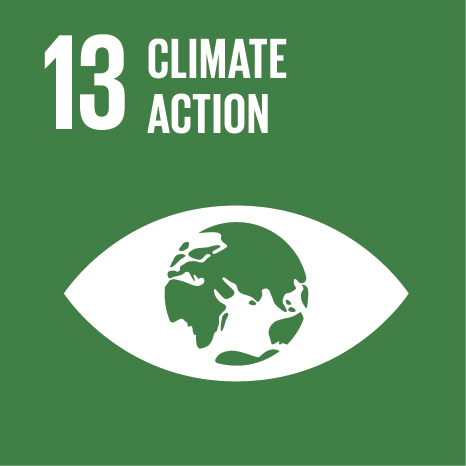Ciência_Iscte
Publications
Publication Detailed Description
Beliefs on the local effects of climate change: causal attribution of flooding and shoreline retreat
Journal Title
Journal of Integrated Coastal Zone Management
Year (definitive publication)
2017
Language
English
Country
Portugal
More Information
Web of Science®
Scopus
Google Scholar
This publication is not indexed in Overton
Abstract
Adaptation to climate change is a process that should engage different participants, including not only researchers and technicians but also other stakeholders and local individuals, and, therefore, it is important to understand their beliefs on the local effects of climate change. Recent studies illustrate a linear relation between coastal distance and scepticism, which is lower in coastal zones than in inland. A possible explanation is that people living inland do not experience (or do not perceive) particular natural hazards as being caused by climate change, or attribute the natural hazards to other causes, apart from climate change. This might influence the relative importance of dealing with direct anthropogenic effects and planning adaptation to climate change. Therefore, the goal of this work was to explore this effect by comparing beliefs on the local effects of climate change in Aveiro region (Portugal), specifically in Baixo Vouga Lagunar (BVL, located in the inner side of Ria de Aveiro Coastal Lagoon, 10 km distance from the coast) with the nearby coastal zone between Esmoriz and Vagueira settlements. Stakeholders were interviewed and local individuals were surveyed in order to explore causal attributions towards relevant local environmental problems and compare with data available from the coastal zone. Natural hazards concerned flooding in BVL and shoreline retreat in the coastal zone. Results suggest that in BVL both stakeholders and local residents did not attribute local natural hazards mostly to climate change. However, in the coastal zone, local natural hazards were indeed mostly attributed to climate change. This attribution to climate change was further correlated to a higher risk perception of natural hazards in the coastal zone but not in BVL. Thereby, it is important to consider distance from the shoreline in order to promote local processes of adaptation to climate change.
Acknowledgements
--
Keywords
Causal attribution,Risk perception,Local individuals,Stakeholders,Aveiro Lagoon,anthropogenic activities
Fields of Science and Technology Classification
- Earth and related Environmental Sciences - Natural Sciences
- Biological Sciences - Natural Sciences
- Agriculture, Forestry and Fisheries - Agriculture Sciences
Funding Records
| Funding Reference | Funding Entity |
|---|---|
| CIRCLE-MED/0002/2013 | Fundação para a Ciência e a Tecnologia |
| UID/GES/00315/2013 | Fundação para a Ciência e a Tecnologia |
| UID/PSI/03125/2013 | Fundação para a Ciência e a Tecnologia |
| UID/AMB/50017/2013 | Fundação para a Ciência e a Tecnologia |
| PEst-OE/EGE/UI0315/2014 | Fundação para a Ciência e a Tecnologia |
| CIRCLE-MED/0001/2013 | Fundação para a Ciência e a Tecnologia |
Contributions to the Sustainable Development Goals of the United Nations
With the objective to increase the research activity directed towards the achievement of the United Nations 2030 Sustainable Development Goals, the possibility of associating scientific publications with the Sustainable Development Goals is now available in Ciência_Iscte. These are the Sustainable Development Goals identified by the author(s) for this publication. For more detailed information on the Sustainable Development Goals, click here.

 Português
Português


